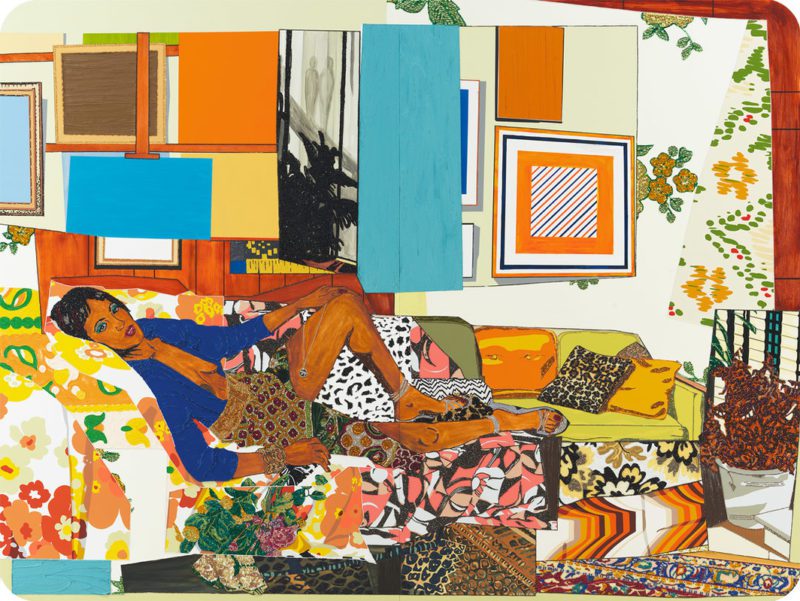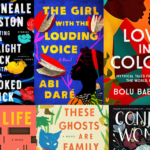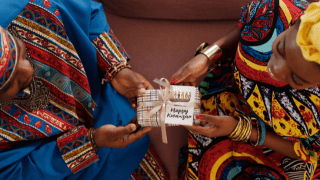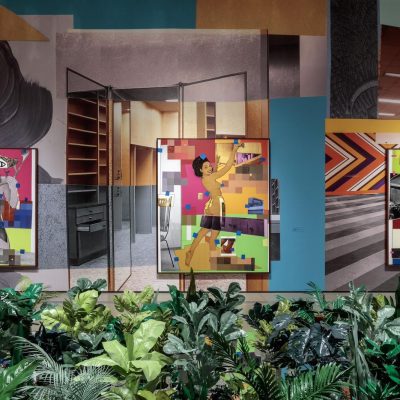
In 2020, the Baltimore Museum of Art will pour all of its resources into only purchasing artwork created by female-identifying artists for the museum’s permanent collection.
Museum director Christopher Bedford spoke with The Baltimore Sun about why this bold new initiative is crucial. “This how you raise awareness and shift the identity of an institution,” said Bedford. “You don’t just purchase one painting by a female artist of color and hang it on the wall next to a painting by Mark Rothko. To rectify centuries of imbalance, you have to do something radical.” There’s an unassailable truth in Bedford’s statement, as the nation’s top art museums are currently oversaturated with works by male artists.
And within this group of male artists, a majority of them are white. A study published in March 2019 revealed that 85.4% of the works in the collections of all major art museums in the US belong to white artists, with 87.4% being by men.
In an unsurprising yet disheartening statistic, only 1.2% of Black artists were found in top US art museums. Asian artists had 9%, and Hispanic and Latino artists amounted to 2.8% of the total.
It’s evident that it has been time to change these discouraging numbers, and the Baltimore Museum has quite an extensive plan about how this will be accomplished. This isn’t the beginning, either. The Baltimore Museum gained its first work by a female artist (Sarah Miriam Peale) in 1916, only two years after the museum was founded. And just last year, outrage ensued when Bedford made the decision to sell seven artworks by master artists, including works by Andy Warhol, Robert Rauschenburg, and Franz Kline–replacing them with works by women and artists of color, including Mark Bradford and Amy Sherald.
Each of the 22 exhibits at the BMA next year will have a female-centric focus. It will include works from Zackary Drucker, a transgender woman based in Los Angeles. Two exhibitions will ponder on how male artists understand and perceive women, and one serves to honor Adelyn Breeskin, who directed the BMA from 1942-1962.
“What the Baltimore museum is doing is so cool,” Said Biana Kovic, the executive director of the National Association of Women Artists. “We think all museums should do it. It’s particularly important that the BMA is creating a platform for woman artists to showcase their work, because that will inspire other women to make art. Even today, female artists are highly under-represented in museums. We have a lot of work still to do about educating the public on the importance of women in American art history.”
Here are a couple exhibition highlights to look out for next year, according to The Baltimore Sun: In March, a collection of videos by South African artist Candice Breitz that details topics such as the lives of immigrants and sex workers, and in September, paintings by Joan Mitchell, the late abstract expressionist artist.







